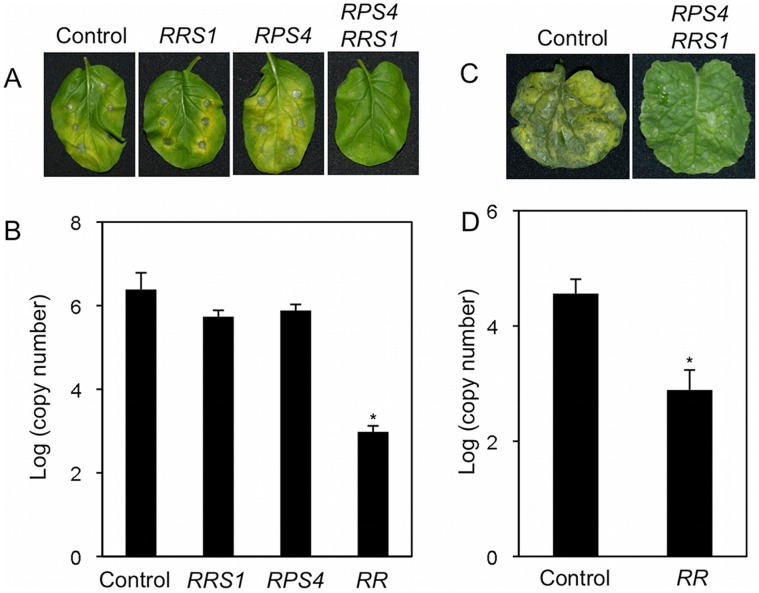Figure 2. Colletotrichum higginsianum resistance analysis in transgenic Brassica plants expressing RPS4 and RRS1.
(A) Infection phenotypes of B. rapa plants leaves inoculated with C. higginsianum. Four, three, and one independent T2 transgenic B. rapa lines carrying both RPS4 and RRS1 (RR), either RRS1 or RPS4 alone, respectively, were tested. Mature leaves of 2.5 true leaf stage seedlings were inoculated with spotting 5 µl of a conidial suspension of C. higginsianum (5×105 spores ml−1) on the leaf. Photographs were taken at 6 dpi. Each picture shows a representative of three independent experiments. (B) Quantification of C. higginsianum in planta by qRT-PCR. Mature leaves of 2.5 true leaf stage seedlings were spray-inoculated with a conidial suspension of C. higginsianum (5×105 spores ml−1). Inoculated B. rapa leaves were harvested at 4 dpi, and total RNA was isolated. QRT-PCR was performed with C. higginsianum actin (Chin-ACT) primers for each sample. (C) Infection phenotypes of B. napus plants leaves inoculated with C. higginsianum. Four independent T2 transgenic lines carrying both RPS4 and RRS1 (RR) were tested. Mature leaves of 2.5 true leaf stage seedlings were spray-inoculated with a conidial suspension of C. higginsianum (5×105 spores ml−1). Photographs were taken at 6 dpi. Each picture shows a representative of three independent experiments. (D) Quantification of C. higginsianum in planta by qRT-PCR. Inoculated B. napus leaves were harvested at 4 dpi, and total RNA was isolated. QRT-PCR was performed with Chin-ACT primers for each sample. Bars indicate SE. The asterisks indicate statistical significance from the WT controls (Dunnett’s method, P<0.05). This experiment was repeated three times with similar results.

